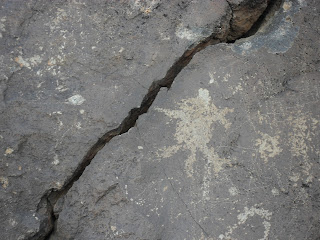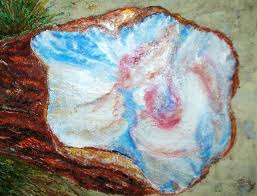But don't be sad! That created a great opportunity for Ms. Dee! She decided to look up some information to share with you all and came across some wonderful information about the Gather of Nations!
The Gathering of Nations is an event for Native Indians throughout the United States to gather together in celebration to honor and share their similar yet diverse culture.
The Gathering of Nations permits Native Indians to not only sales their artistic products but to also participate in contests, many around song and dance. There are numerous dances and age categories from tots, to teens to adults both male and female. There is the Jingle Dance and Fancy Shawl Dance for Women; the Grass Dance and Fancy Dance for Men and both have the Northern and Southern Traditional Dances.
Dance is very important to the Native Indian people, here is a passage from the Gathering of Nations website that explains the importance of dance.
Why we Dance by and © MariJo Moore
Why we dance: To dance is to pray, to pray is to heal, to heal is to give, to give is to live, to live is to dance.
Reggie dances for the old people, showing them respect and honor by keeping the breath of Native ways alive. When I asked if he prays when he dances, Reggie answered, "Yes, because sometimes the other way of praying just doesn't seem to work.
"Music and dance are representatives of the full range of life for American Indians. They are integral fuels that have always fed the fires of honor and traditions.
Dances for victory were often held by each team before stickball matches, and always in preparation for war.
Many of the Southeastern American Indian dances, such as the Quail Dance and the Guinea Dance, were named after animals in the belief that the movements affect the animals and their relations with humans.
Rituals, such as the Cherokee Green Corn Ceremony held each year to signify rebirth, forgiveness, and new beginnings, includes interludes of dancing. The Ribbon Dance is an annual ceremony that praises and reaffirms the role of women in the Creek (Muskogee) tribe. 
American Indian dance is not a form of mindless amusement. It is a form of praise, worship, and a way to experience interconnectedness through motion. Dancing is an art that was here before the conception of art ever existed. It is a necessity for Indian people. A necessary spiritual action requiring dedication and a devout sense of reverence.
When American Indians dance, whether it be at powwows or other gatherings, all senses become heightened as cultural chants, drummings and songs fill the air. These haunting, mystical sounds transport the imagination to other times and places.
The drum - its round form representing the shape of the sacred universe - emits strong, steady heartbeats that bring entrancement through repetition. This enables the dancers to put to rest the distractions of worries and cares of everyday life so that they may become one with all.
The drum - its round form representing the shape of the sacred universe - emits strong, steady heartbeats that bring entrancement through repetition. This enables the dancers to put to rest the distractions of worries and cares of everyday life so that they may become one with all.
Dancers from different nations in splendorous regalia dance the spirituality of their cultures into being as they pay homage to an ancestral tradition as sacred and important as rain. Agile and full of purpose, their artistic movements bring chills to the soul. In his book, The Primal Mind, author Jamake Highwater states, "Dance is the inclination of primal peoples to idealize action as a magical force. They believe that dance can shape the circumstances of nature if it can focus its contagious powers on animals and supernaturals. Through their dances they touch unknown and unseen elements which they sense in the world around them."
In other words, serious dance is prayer that can open a doorway to a connection with the total universe. A way to find that "inner being" who recognizes and appreciates the spiritual essence of interdependence and gratefully ask Creator for recognition of the needs of his or her people in return.
There seems to be a renaissance of the spirit of dancing in most Indian nations these days. Some dances that were thought forgotten are being danced again. Many American Indians travel the powwow circuit not only to earn a living, but also as beautiful representatives of their nations. Of course, there are those who dance mainly for the onlookers and attention they may receive.
dancing in most Indian nations these days. Some dances that were thought forgotten are being danced again. Many American Indians travel the powwow circuit not only to earn a living, but also as beautiful representatives of their nations. Of course, there are those who dance mainly for the onlookers and attention they may receive.
These dancers are easily spotted by sensitive Indians, and it is my hope that they will come to realize that ego has no place in honoring the spirituality of traditions.
Those who dance as an offering to Creator are keeping traditions alive and setting reverent examples for the young people of their nations. They are the ones who realize that to dance is to pray, to pray is to heal, to heal is to give, to give is to live, and to live is to dance.
To these dancers, I say "Dance on and on and on ...we need your rhythmic, heartfelt prayers."

















































